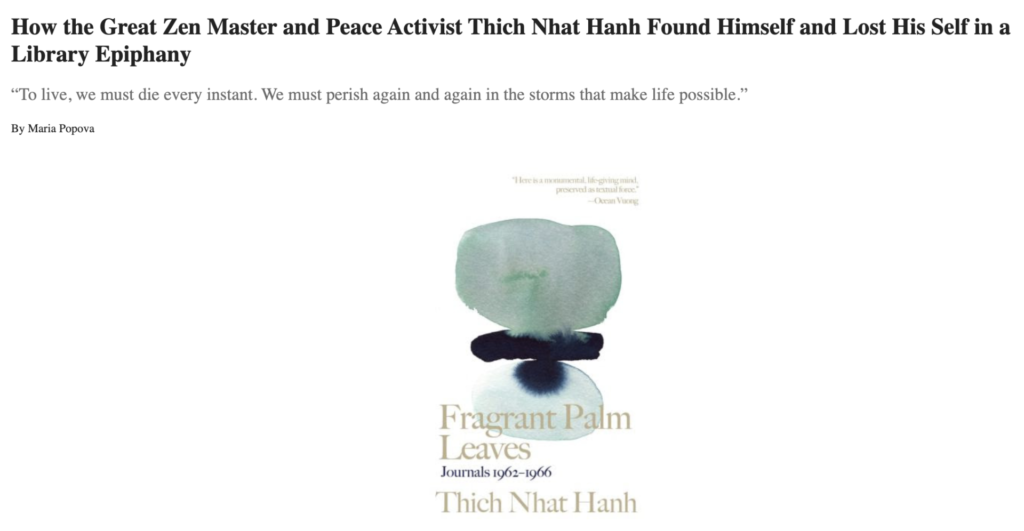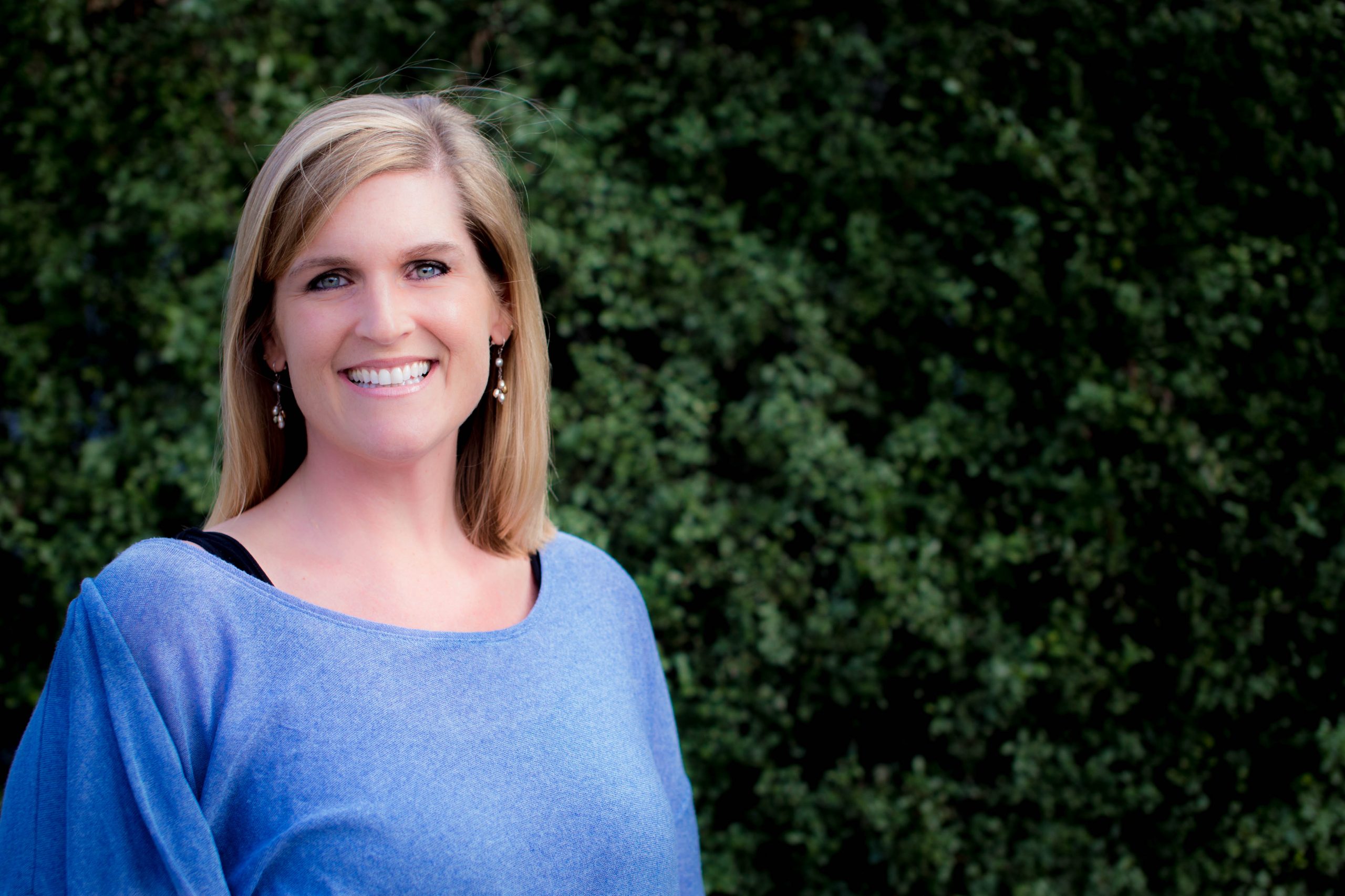How Non-Attachment Can Help Us Succeed
When we’re attached to a specific outcome, ideal, or metric, we limit our ability to see the big picture. Try these six science-backed ways to open up to more clarity and self-compassion. The post How Non-Attachment Can Help Us...

When we’re attached to a specific outcome, ideal, or metric, we limit our ability to see the big picture. Try these six science-backed ways to open up to more clarity and self-compassion.
By Diana Hill August 30, 2023 FocusI didn’t realize I was attached to my identity as a runner until I got injured. I remember the doctor sitting me down and suggesting I take up water aerobics, walking, or pilates. But, “I am a runner!” I was so resistant to trying other forms of movement that I spent a few weeks not moving at all because I refused to see myself as anything other than “a runner.”
Therein lies the problem with attachment—you become inflexible. For me, my attachment to being “a runner” got in the way of my values of moving and caring for my body.
What are you attached to? Does it get in the way of living flexibly?
How Attachment Can Be Limiting
We can get attached to all kinds of things. For example, we can get attached to certain outcomes—such as the amount of money we make, followers on social media, or getting someone’s approval. Or, we can get attached to our body—staying young, having the right hair, or being a certain weight. And we get attached to beliefs—political views, being “right”, or even limiting beliefs about ourselves.
Ultimately, what we’re attached to is not the material item or the outcome, but our sense of self, our ego, in relation to that thing. For example, we may feel like we have worth if we have a certain title at work, or believe we’re lovable if we look a certain way.
“The thing about ego is, you don’t know you have it until it gets crushed, until somebody treats you as if you are really nothing special.”
Dr. Joseph CiarrochiWhat’s tricky about attachment to ego is that we often don’t see the consequences of it until the floor drops out from under us. As Dr. Joseph Ciarrochi shared with me in the Your Life in Process Podcast: “The thing about ego is, you don’t know you have it until it gets crushed, until somebody treats you as if you are really nothing special.”
Attachment can look like:
Wishing things would stay the same Overfocusing on future outcomes Defining your worth by your job, your relationship, material objects, or your body Being stuck in rigid beliefs Being unable to see multiple perspectivesThe Freedom of Non-Attachment
Non-attachment allows us to see that we’re more than our accomplishments or material goods. We’re constantly growing and changing and are interdependent with the world around us. When we practice non-attachment, we can better adapt to unexpected changes, form deeper relationships, and feel a deeper sense of self-worth.
Non-attachment allows us to see that we’re more than your accomplishments or material goods.
Non-attachment can also help us become more successful at what we do. When we practice non-attachment we can better roll with the punches of life, connect with our purpose and meaning, and evolve by taking in feedback.
Big-Picture Thinking
In Acceptance and Commitment Therapy (ACT), the principle of attachment is embedded in psychological flexibility. When you can observe thoughts, feelings, and beliefs, you are better able to respond effectively to demands of the moment, rather than rigidly to your mind’s rules, old schemas, or “shoulds.”
ACT makes a distinction between “self-as-content” versus “self-as-context.” When you are caught in self-as-content, you believe the stories your mind tells you about who you are and neglect context. For example, you may believe you are “good at math and bad at writing” or that you are a “good mother.” However, this type of attachment to ego can send you sideways when you don’t meet your expectations or circumstances change. What about a time when you weren’t so effective with your kids? Or that paper you wrote that needed a lot of editing? When you are stuck in self-as-content, you may neglect important feedback that can help you learn.
Self-as-context also helps you find a deeper sense of self that transcends time, material objects, or life roles–a sense of self that is interconnected with the world around you and also uniquely you.
Self-as-context is a more flexible way of viewing yourself. Rather than being rigidly attached to ego, you see yourself as contextual. You are “good at math and bad at writing,” sometimes. You are a “good mother” sometimes. Self-as-context allows you to observe yourself with open awareness and take multiple perspectives at a time. Self-as-context also helps you find a deeper sense of self that transcends time, material objects, or life roles–a sense of self that is interconnected with the world around you and also uniquely you.
6 Ways to Cultivate Non-Attachment
Practice “Sometimes” Thinking: You know you’re caught in ego when you start to believe statements like, “I am” or “I am not” or “I can’t.” Next time you have that thought, add the disclaimer, “sometimes.” I am a runner, sometimes. I am anxious, sometimes. Notice the space you get from attachment to ego when you recognize context and impermanence. When you’re caught in inflexible self-stories like, “I am” or “I can’t,” you end up looking for evidence to support your view (confirmation bias) or your belief becomes a self-fulfilling prophecy because you never explore options or take risks. Try “sometimes” thinking instead and see yourself as more than the story your mind creates. See Yourself as Interdependent. As much as we want to believe the myth that we are self-reliant and independent, humans are highly social creatures who are dependent upon others to survive. When you see yourself as interdependent, you recognize that your well-being interacts with the well-being of others. Choosing cooperation can actually lead to better outcomes and success, even in competitive environments like academia. Rather than competing with friends, co-workers, or siblings, try collaborating with them and see if you can live a win-win lifestyle instead of a win-lose one. Be Open to Feedback. If you have rigid beliefs about yourself and shut others’ ideas out, you are less likely to grow and adapt over time. Feedback is central to learning and often when people become more established in their work or get older, they pay less attention to integrating feedback. Practicing non-attachment involves changing your behavior when it is harming another person, is ineffective, or doesn’t align with your values and purpose. Let go of attachment to being right and ask for feedback on how you can change and grow. Let Go of Normal. There is no “average” mental health or IQ score. Our concept of normal is a recent one, and it negates the individual differences in people. Rather than trying to compare yourself to some “normal” person, compare yourself to yourself, as a unique individual. Are you a stronger tennis player than you were last year? Are you getting better at setting boundaries? Let go of your attachment to the “ideal” and find a way to do your life in a way that fits for you, in the context you are in. Narrow Down Your Time Frame. Often when we are caught in attachment we are also not in the present moment. By narrowing down your time frame to just this hour, you can step out of ego and into the process.For one hour, focus on the project you want to get done or the relationship you want to build, and nothing else—not the future outcome or how much left there is to go, just the process.Hold Multiple Perspectives. When you are attached to ego, you only see your world through the lens of your ego’s story. Try looking at your experience from many different perspectives. What is the perspective of your co-workers, your children, strangers, someone you disagree with, or even your pet? By allowing for multiple perspectives you expand your awareness beyond your ego and see there are multiple points of view, and that you can hold many differing points of view at once.

 Koichiko
Koichiko 

























![Run An Ecommerce SEO Audit in 4 Stages [+ Free Workbook]](https://api.backlinko.com/app/uploads/2025/06/ecommerce-seo-audit-featured-image.png)






